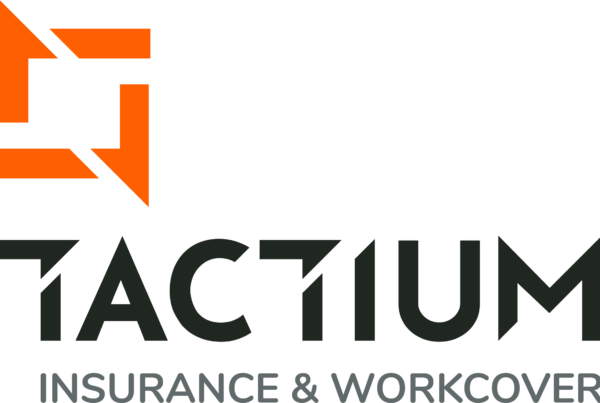Your WorkCover premium renewal notice contains several important details revealing the early (or sometimes late) indicators of potential problems within your business.
You must measure your performance using a variety of metrics including those measured from within your business and others measured by agencies receiving financial information about you, such as WorkSafe Victoria.
This article answers the most common questions employers ask me about WorkSafe’s employer performance rating.
What is an employer performance rating?
Employers paying more than $200,000 in rateable remuneration (basically, labour costs) per year are performance-rated by WorkSafe.
Your employer performance rating (EPR), which factors in your size and claims history, is an indicator of how your WorkCover premium compares with others in your industry. It’s not used to determine what you pay but rather how you perform. You can find your EPR on your annual premium-renewal notice, usually on page three. Not all premium notices include an EPR, however – small employers and new policies are among the handful of exceptions.
How is the EPR calculated?
WorkSafe can see the total claims costs and rateable remuneration paid across your industry. They can determine the ratio of claims costs to rateable remuneration in the sector. The system then benchmarks your performance against the average for the industry – your EPR is an indicator of whether you are performing better or worse than an identically sized, average-performing business in the same sector. So if your ratio shows higher-than-average claims costs for the size of your business, it will reflect poorly on your EPR. Similarly, if your claims costs are comparatively low or nil, you’ll receive an encouraging EPR.
What does the EPR mean for our business?
The EPR is represented as a number, where 1 is the median average. A rating higher than 1 means poor performance, while a rating lower than 1 means better than average. WorkSafe also tells you by what ‘percentage’ you are better or worse off. Your premium notice might include a statement like this: ‘Your performance rating of 1.248265 is 24.82% poorer than the industry average’.
But in the above example, are you really performing more poorly than others in your industry? An honest answer depends on how you measure your performance and how they measure theirs. Yet how can you know what systems are in place at your competitors? You probably don’t know what goes on inside their business.
The fact is that the EPR is one measure of performance, and it’s perhaps not the definitive measure. The EPR only makes comparisons based on size and claims costs paid by WorkSafe. But WorkSafe doesn’t pay for everything.
Does a poor EPR mean we’re a failure?
Let’s look at two employers of identical size in the same industry: Employer A and Employer B. Employer A experiences five non-serious injuries in one year, all lodged as claims. Their EPR shows they are performing worse than the industry average. Meanwhile, Employer B has 20 injuries over the same year, and some of them are pretty nasty. But none of their workers lodge claims. Their EPR shows they are performing better than the industry average.
Employer B’s great EPR doesn’t mean they are better than Employer A. In fact, they sound like a terrible place to work. They’re losing profits due to their lack of injury-prevention systems. But it would be easy for Employer A to look at their premium notice and think, ‘What are we doing wrong?’
Take your EPR with a grain of salt. You don’t know what culture, costs and systems exist at other companies in your industry.
Moving forward
A poor EPR does prove your claims costs are too high, and you must develop a strategy to reduce them and your premium. A good EPR shows that your premium is in reasonably good shape, but it won’t give you insights into your performance around injury management or injury prevention. The next WorkCover claim (or claims) could be a bubble waiting to pop.
It is more important that you understand your organisation’s specific performance and potential risk using metrics that matter. Consider measuring your spend on internally managed injuries, the claims-related WorkCover premium, and your level of investment in preventative strategies. You will likely see a correlation between increased investment in prevention and reduced costs in reactive injury management. Strive to continuously measure and improve your performance.




